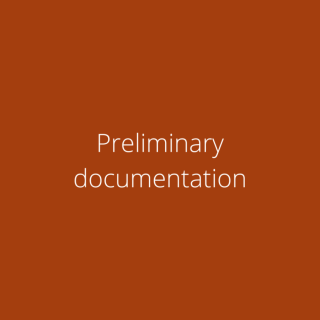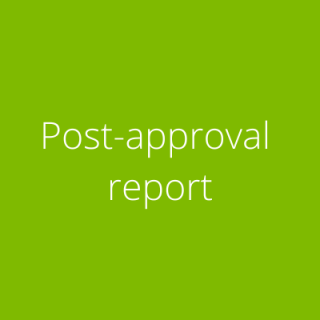Rethinking our approach to avoidance and minimisation of impacts to biodiversity values
There has been a fair bit of chat around avoid and minimise recently, including several Land and Environment court cases where this has been a major topic of contention.
At Biosis we have been rethinking how we approach avoid and minimise to try and reduce potential issues and increase project approvals.

In addition, the recent Independent Review of the BC Act (link here) (Dr Ken Henry AC, Lead Independent Reviewer, August 2023) flags four separate recommendations which all cover avoid and minimise:
- Recommendation 22: Amend the Act to require a standard of genuine and demonstrable steps to avoid and minimise impacts. This may include consideration of how avoided land will be managed and maintained into the future.
- Recommendation 23: Provide clearer guidance on the requirements to avoid and minimise impacts to biodiversity from development.
- Recommendation 24: Require that steps taken to avoid and minimise impacts are included in conditions of consent and published.
- Recommendation 25: Record avoided land on the statutory register and identify as ‘no-go’ areas in the single spatial tool.
So why is Avoid and Minimise so important?
Avoid and minimise are the first two steps in the Avoid, Minimise and Offset hierarchy which ensures impacts to biodiversity values are reduced as much as possible during the planning and design stages of a project, and any unavoidable impacts are offset.
Application of the hierarchy should consider what are the highest value biodiversity items on a site and seek to avoid impacts by siting projects in areas of disturbance and/or non-native vegetation. It is acknowledged that some impacts to biodiversity are unavoidable, but efforts must be made to reduce the severity of any unavoidable impacts.
It is also a legal requirement of the BC Act to apply this hierarchy to projects that may impact biodiversity values (see for example, sections 1.3 (k), and 7.13(3) and (6) of the BC Act), and it is a very strong focus in the BAM, with avoid and minimise mentioned over 80 times.
Proponents must demonstrate efforts to apply the Avoid and Minimise hierarchy to their projects, and it is part of our job as biodiversity consultants to ensure proponents understand that requirement, and the risks of not taking it seriously enough.
There have been many court cases now where Councils have refused DAs based on insufficient efforts to Avoid and Minimise impacts, and DPE are staunch on the issue when consulting on a project and/or assessing our reports.
So how do we get the message across?
Noting that there are no guidelines available on what is an acceptable level of Avoidance and Minimisation of impacts, whenever possible we as consultants should be involved from the outset of regulator consultation, whether that is a Pre-DA meeting with Council or conversations with DPE/BCD. That way we can open the dialogue and discuss the issues facing the project upfront and receive feedback. In addition, consultants need to be having regular conversations with our clients around the BC Act requirements for Avoid and Minimise and the risks associated with not taking them seriously enough.
The Biosis team are here to help and provide guidance on issues like these based on our collective biodiversity experience.






